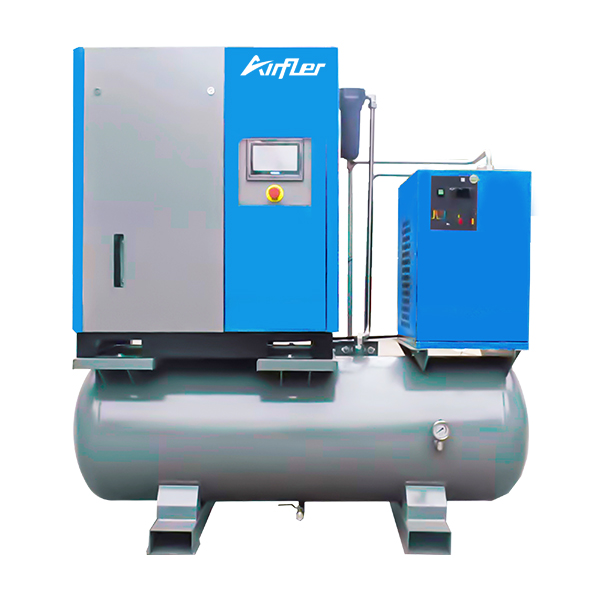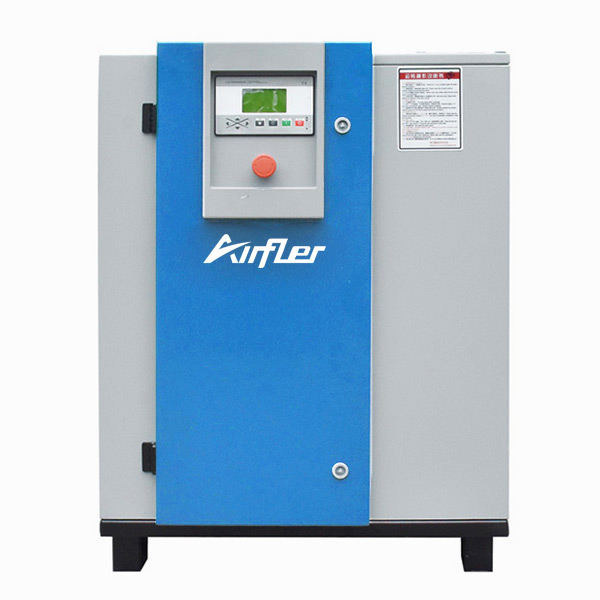1. Pre-Cleaning Preparation
Power Off: Shut down the compressor and disconnect the power supply to ensure safety^4.
Filter Removal: Loosen fastening screws or clips, then carefully remove the filter from the intake port to prevent contaminants from entering the system48.
2. Cleaning Procedures
(1)Compressed Air Reverse Blowing
Use dry compressed air (pressure ≤0.28 MPa) to blow dust from the outlet side to the inlet side of the filter17.
Critical Note: Maintain a nozzle-to-filter distance <25 mm to avoid damaging the filter media^7.
(2)Water Cleaning
Mild Contamination: Soak the filter element in a neutral detergent and warm water solution for 15 minutes. Gently scrub with a soft brush and rinse thoroughly28.
Severe Grease: Immerse in gasoline or specialized solvent, then ensure complete drying before reinstallation58.
(3)Physical Dust Removal
Lightly tap both ends of the filter element on a flat surface to dislodge dry dust (recommended when compressed air is unavailable)78.
(4)Vacuum Cleaning
Use a vacuum cleaner to remove surface dust. Ideal for routine maintenance due to high efficiency^5.
3. Inspection & Replacement
Light Transmission Test: Place a light source inside the filter element to check for tears, thinning, pinholes, or damaged sealing gaskets78.
Replacement Criteria: Replace immediately if the filter shows residual grease, deformation, or exceeds 5 cleaning cycles48.
4. Reinstallation & Maintenance
Drying Process: Air-dry naturally or use (dehydration oil). Never use heat for accelerated drying27.
Cleaning Frequency:
Standard Conditions: Clean every 1–2 weeks45.
High-Dust Environments: Clean weekly and shorten filter replacement intervals18.
5. Critical Precautions
Prohibited Tools: Strictly avoid steel brushes or high-pressure water jets to prevent filter media damage12.
Cooler Collaboration: For air/water-cooled systems, clean cooler pipelines and fins simultaneously to prevent oil residue buildup and overheating14.
 English
English 简体中文
简体中文 French
French English
English Portuguese
Portuguese Russian
Russian Spanish
Spanish






